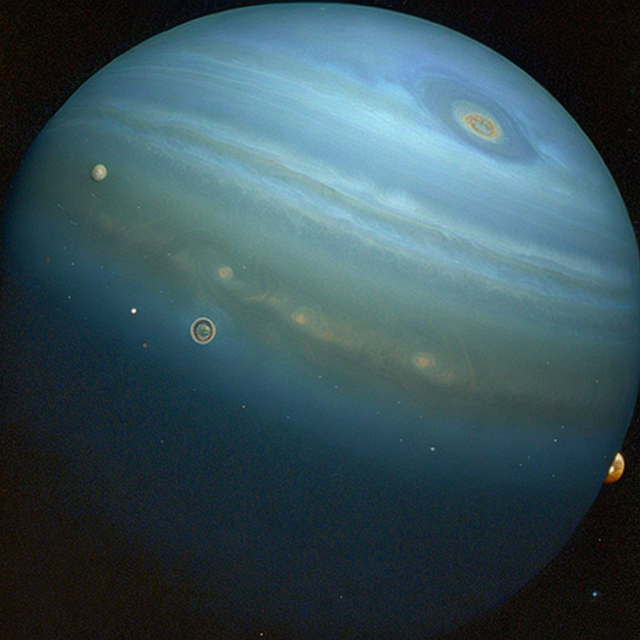|
|
Space Astro
|
Info for exoplanet "Bertepho Pa"
| Scientific (actual) data |
|---|
| Name | Proxima Centauri b |
| Planet status | Confirmed |
| Mass sini | 0.00337 |
| Orbital period | 11.1881 |
| Semi major axis | 0.04856 |
| Orbit eccentricity | 0.02 |
| Discovered | 2016 |
| Updated | 2024-06-16 |
| Omega | 290 |
| Tperi | 245814 |
| K | 1.22 |
| Temperature (kelvin) | 216 |
| Publication | Published in a refereed paper |
| Detection type | Radial Velocity |
| Mass measurement type | Radial Velocity |
| Alternate names | Alpha Cen C b, GL 551 C b, HIP 70890 b |
| Star name | Proxima Centauri |
| Right ascension | 217.43° |
| Declination | -62.68° |
| Mag v | 11.13 |
| Star distance | 1.295 |
| Star mass | 0.15 |
| Star radius | 0.141 |
| Star sp type | M5.5V |
| Star temperature | 3050 |
| Star alternate names | Alpha Cen C, GL 551, HIP 70890 |
| Wikipedia article | Proxima Centauri b |
Back
| |
| Fictional info (?) |
|---|
| Suggested name | Bertepho Pa |
| Planet type | Warm planet |
| Having almost no atmosphere to retain heat, it has surface temperatures that vary diurnally more than on any other planet in its solar system, ranging from 60°K (-213°C) at night to 840°K (567°C) during the day across the equatorial regions.
The outer atmosphere is visibly segregated into several bands at different latitudes, resulting in turbulence and storms along their interacting boundaries. A prominent result is the "great white spot", a giant storm that is known to have existed for centuries since it was first observed by radar. |
| Atmosphere | Hydrogen deuteride (HD) | 60% |
| Carbon dioxide | 21% |
| Carbonyl sulfide | 7.7% |
| Ammonium hydrosulfide (NH4SH) | 6.3% |
| Hydrogen peroxide | 3.6% |
| Formaldehyde | 1.2% |
| Atmospheric pressure | 0.23 bar |
 |
| No known satellites |
| Google search for Bertepho pa |
|
Website by Joachim Michaelis
|
|
|
|